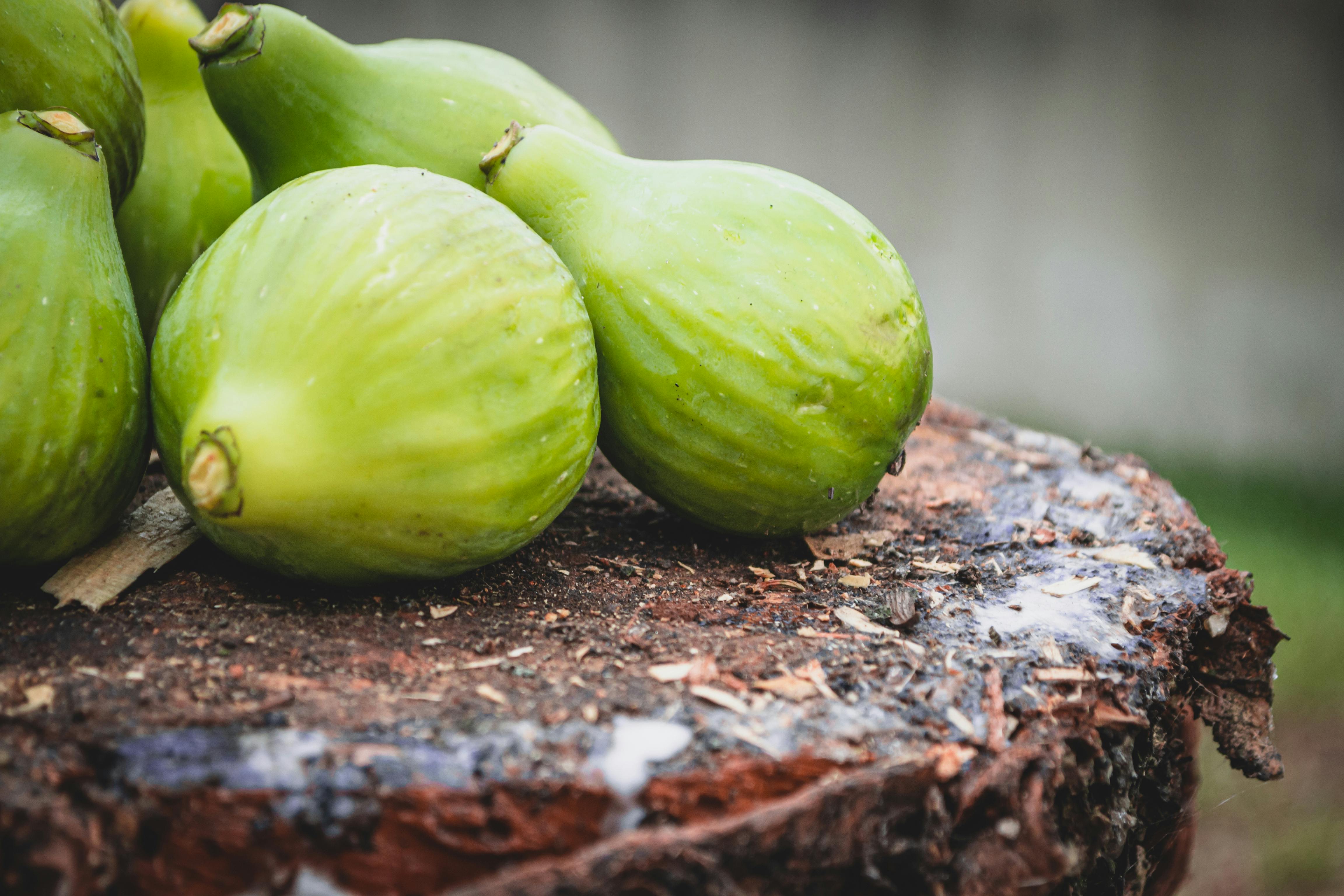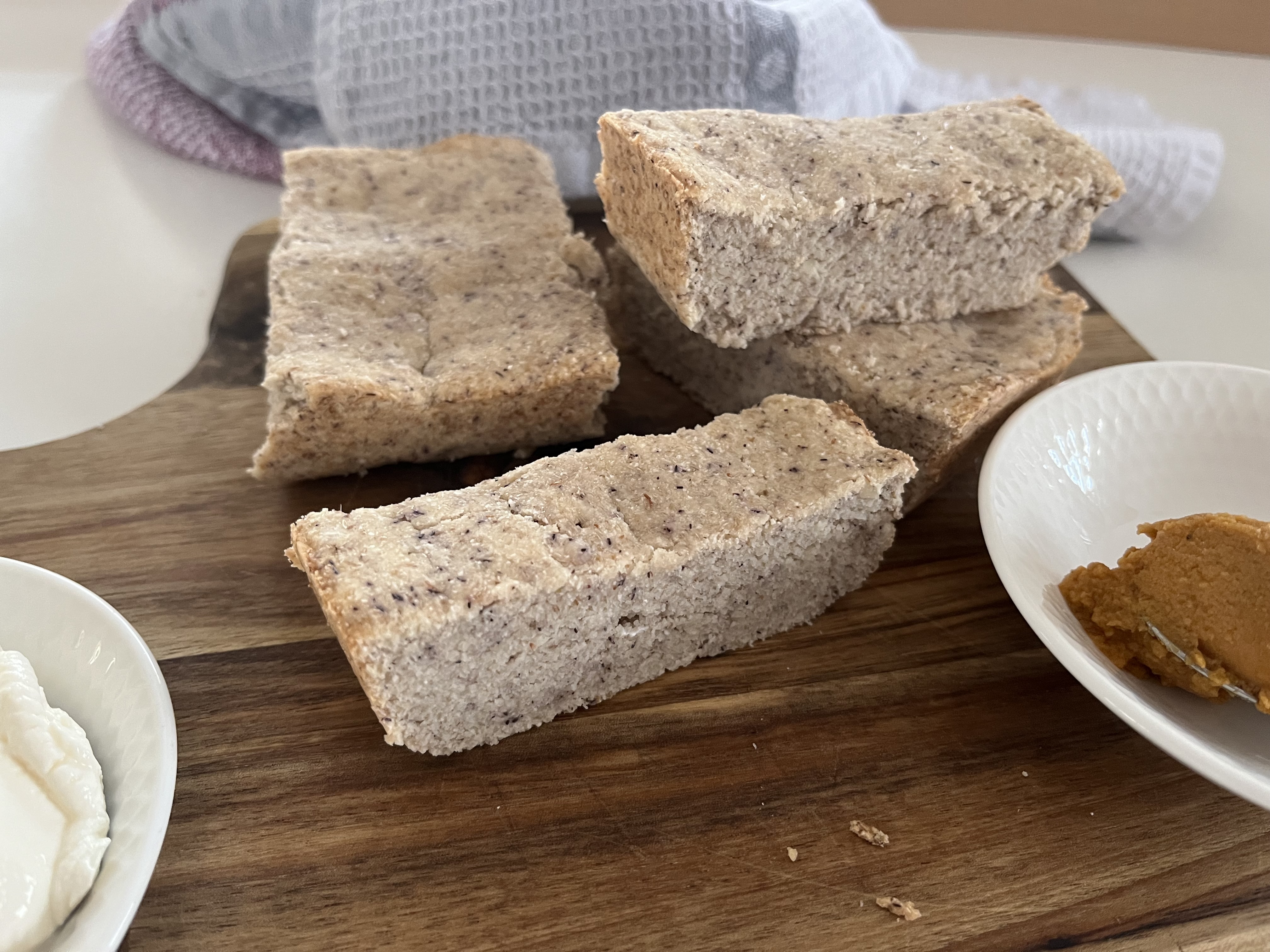 |
Nature’s Dessert Cookbook: Healthy, Delicious & Naturally Sweet Recipes Don’t want or can’t tolerate sugar alcohols and artificial sweeteners? This cookbook is for you! Every dessert is naturally sweetened with whole ingredients rich in fiber and protein, slowing sugar absorption and making them diabetic-friendly. It gathers your favorite recipes from the website—plus brand-new ones—all in one convenient place. Indulge in truly natural treats without compromise! |
 |
Diabetic Baked Goods: Everyday Bakes for Every Meal Diabetic cookbook designed to make healthy baking simple, accessible, and enjoyable. This collection of low-carb, high-fiber, and protein-rich recipes provides a reliable solution for those looking to enjoy diabetic bread and baked goods without blood sugar spikes. Every recipe includes a video tutorial, making it even easier to follow along and bake with confidence! |
 |
What Makes This Cookbook Different?
|
Heavy Whipping Cream: Is It Safe for Diabetic-Friendly Desserts?
Heavy whipping cream is a versatile and indulgent ingredient often used in a wide array of dessert recipes. Although there are differences in fat content between heavy cream and whipping cream, and despite the fact that I typically use whipping cream, you'll mostly come across the term 'heavy whipping cream' in this article, as both heavy cream and whipping cream can be used interchangeably.

For those of us managing diabetes or caring for a diabetic child, incorporating such a rich component into our diets may prompt some caution. However, the creamy texture and subtle sweetness of unsweetened heavy whipping cream make it an appealing option for creating delicious, sugar-free desserts.
Let’s dive into whether heavy whipping cream can be part of a balanced dietary plan for diabetics.
Heavy Whipping Cream: Understanding Its Nutritional Profile
One of the most notable features of heavy whipping cream is its high-fat content and low carbohydrate count. According to the United States Department of Agriculture (USDA), one tablespoon of heavy whipping cream contains about 5 grams of fat and less than 1 gram of carbohydrates, making it a suitable option for low-carb diets.
While heavy whipping cream offers certain benefits, it's crucial to highlight the importance of moderation. Due to its high saturated fat content portion control is essential to balance taste with overall health.1
Besides fats and minimal carbohydrates, it also contains small amounts of vitamins like A, D, and calcium. While these nutrients aren't present in high amounts compared to other foods, they do contribute to the overall nutritional value.
The Key to Perfect Desserts
In navigating the need for both taste and health, sugar-free whipped cream has become a acceptable option. It's amazing how a seemingly decadent dessert can still be blood sugar-friendly.
Speaking from personal experience, heavy whipping cream can be used in diabetic-friendly desserts. The introduction of heavy whipping cream in our kitchen has not only expanded our dessert repertoire but has also empowered us to be more creative. The range of whipped cream recipes we can now explore feels limitless.
Its ability to add richness and volume to dishes without the unnecessary addition of sugar makes it invaluable for crafting sweets that feel indulgent but are mindful of health considerations. We've experimented with various whipped cream recipes, and I've come to appreciate its flexibility in achieving creamy textures. Its dense nature often requires using less in recipes to achieve the desired texture and flavor, which means saving on calories.
I use it not only in creams but also in biscuits, which need a certain amount of fat to be moist and flavorful. When combined with milk, including almond milk, or with lower-fat cheeses, whipped cream can truly elevate a dessert. By balancing it with ingredients that add moisture but have less fat, I manage to keep the whipped cream content moderate while ensuring the cake remains rich and delicious.
I often pair it with dark chocolate by melting the chocolate into the whipped cream and sweetening it with stevia. This creates a deeply satisfying cream despite the higher fat content of the whipping cream. Nutritionally, this combination is more acceptable than classic creams, as it contains fewer carbohydrates and relies on dark chocolate. Traditional creams often require thickeners like starch or flour, along with butter, which can have at least as much fat as whipped cream.
Another great combination I’ve found is whipping cream with lower-fat cheeses, which works well for both creams and biscuits. The cheese adds valuable protein, while even a small amount of whipping cream contributes a beautifully creamy texture.

Heavy Whipping Cream: Health Hero or Hidden Hazard According to Recent Studies
Although recent studies suggest that heavy whipping cream may support weight loss, its high caloric content makes it essential to consume in moderation.2
Also, scientific research supports the cautious use of foods like heavy whipping cream for diabetics. While such high-fat foods can be part of a balanced diet, they must be consumed in moderation and combined with other balanced nutrients to ensure a comprehensive dietary approach.
Alongside developing a preference for heavy whipping cream-based recipes, it's essential to pair these desserts with an overall nutritious meal plan. Combining them with fiber-rich foods, proteins, and plenty of vegetables can help mitigate any potential downsides of their high-fat content.
As with all dietary choices, it's key to ensure that the use of heavy whipping cream fits into a broader, balanced diet. Consultations with healthcare providers or nutritionists can help tailor a plan that's both delicious and health-focused, considering individual needs.
In closing, heavy whipping cream can be a delightful addition to many dessert recipes without overwhelming sugar levels if used wisely and in moderation. It represents a tool for creating delicious, health-conscious desserts that bring joy and satisfaction to those navigating diabetic dietary concerns.
Ultimately, the goal is to enjoy the indulgence of rich desserts while ensuring they align with a healthy lifestyle. With conscientious use and a dash of creativity, heavy whipping cream can be used in our kitchens, providing both comfort and nourishment.







